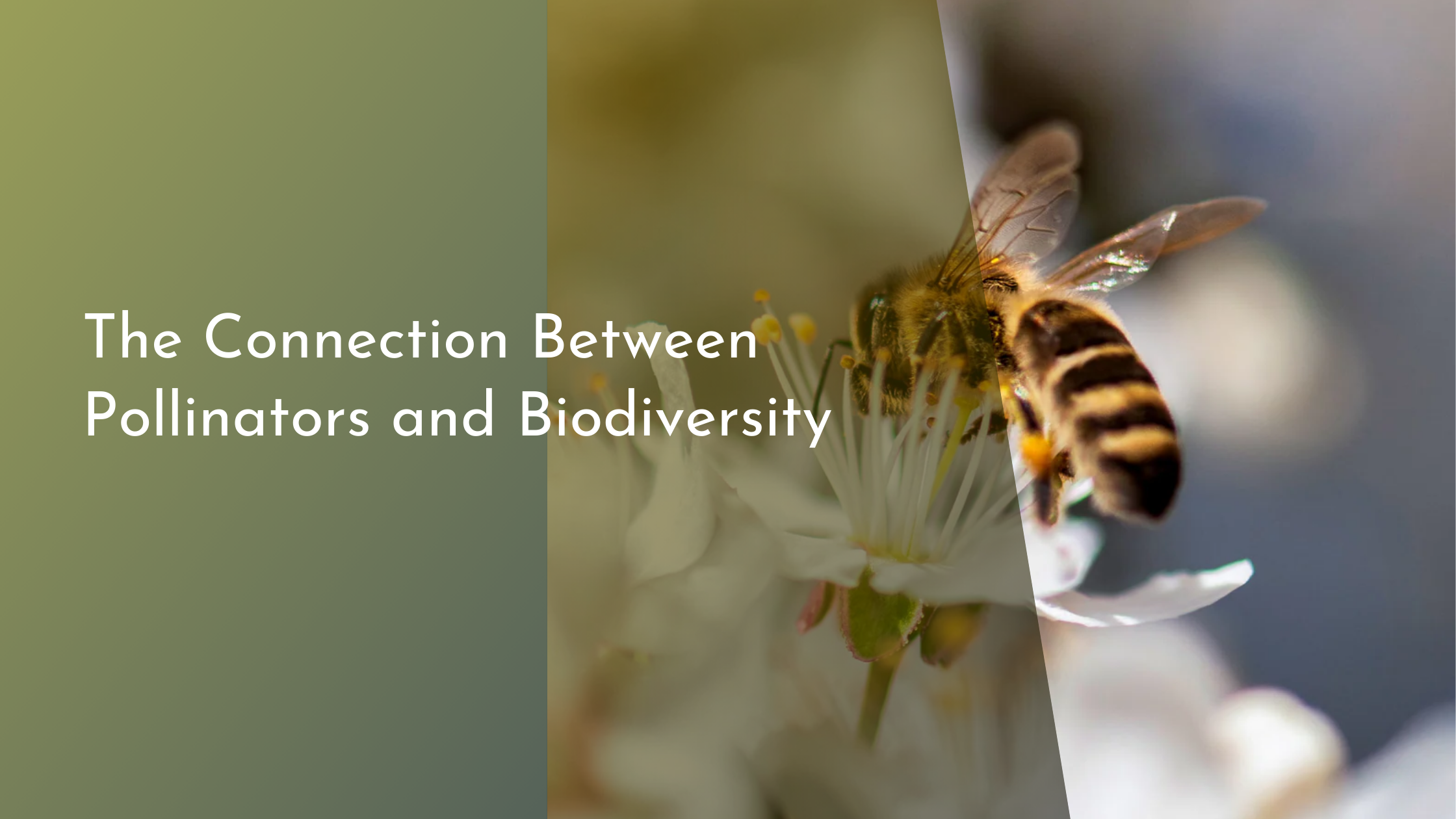The Connection Between Pollinators and Biodiversity
The intricate dance of life on Earth is orchestrated by a myriad of interactions, with pollinators playing one of the lead roles. From bees and butterflies to birds and bats, these creatures are essential cogs in the wheels of ecological balance. Their work not only supports food production but also boosts biodiversity, creating vibrant ecosystems teeming with life. Let’s delve into the connection between pollinators and biodiversity, exploring their indispensable roles and celebrating their contributions to the health of our planet.
The Vital Role of Pollinators in Ecosystems
Pollinators are essential agents of reproduction in the plant kingdom. They transfer pollen from male flowers to female flowers, facilitating the production of fruits, seeds, and new plants. This process is critical for approximately 75% of the world’s flowering plants, including many that produce fruits, nuts, and vegetables we consume daily. Without pollinators, many plant species would struggle to reproduce, leading to a cascade of effects on the entire ecosystem.
Beyond merely aiding plant reproduction, pollinators are foundational to maintaining food webs. They support the growth of plants that serve as food and habitat for various species, from insects to mammals. This chain reaction ensures that diverse forms of life can thrive, maintaining the balance of ecosystems. Thus, pollinators are not just providers of ecosystem services but are pivotal in sustaining the complexity and functionality of natural habitats.
How Pollinators Enhance Plant Diversity
Pollinators play a crucial role in enhancing plant diversity by enabling cross-pollination, which increases genetic variation within plant populations. This genetic diversity is vital for plants to adapt to changing environments and resist diseases, pests, and climate fluctuations. With a diverse gene pool, plants are more resilient, ensuring that ecosystems can withstand environmental changes and stresses.
Additionally, pollinators contribute to the distribution of plant species across various landscapes, promoting diverse plant communities. As pollinators move from flower to flower, they inadvertently carry seeds and spores, spreading plant life over large areas. This natural dispersal mechanism allows for new plant colonies to establish, enriching habitats with a variety of plant species. As a result, ecosystems become more robust and capable of supporting a wider range of wildlife.
The Impact of Biodiversity on Ecosystem Health
Biodiversity plays a fundamental role in maintaining ecosystem health, as it fosters resilience and stability. Diverse ecosystems are better equipped to withstand environmental disturbances, such as extreme weather events or invasive species. High biodiversity ensures that if one species is affected, others can fulfill similar roles, maintaining ecological functions and services.
Moreover, biodiversity enhances ecosystem productivity. A multitude of species performing various roles creates complex interactions that optimize nutrient cycling, soil formation, and water regulation. This complexity leads to ecosystems that are not only productive but also sustainable, providing essential services such as clean air and water, which are vital for all life forms, including humans.
Celebrating the Pollinator-Biodiversity Link
Recognizing the link between pollinators and biodiversity is crucial for conservation efforts. Protecting pollinator habitats and promoting biodiversity-friendly practices can help ensure the survival of both pollinators and the ecosystems they support. Initiatives like planting diverse native flora, reducing pesticide use, and creating pollinator-friendly gardens are simple yet effective ways to celebrate and sustain this vital connection.
Public awareness and education about the importance of pollinators and biodiversity can also inspire collective action and policy changes. By fostering appreciation and understanding, communities can rally to protect these natural treasures, ensuring the continued flourishing of ecosystems that are vital for life on Earth. Together, we can create a future where pollinators and biodiversity thrive, preserving the beauty and balance of our natural world.
The symbiotic relationship between pollinators and biodiversity underpins the vitality of our ecosystems. By recognizing and fostering this connection, we can support the health and resilience of our planet. As stewards of the Earth, it is our responsibility to protect these invaluable natural processes, ensuring a vibrant and sustainable future for generations to come. Let’s celebrate the buzzing, fluttering, and flourishing symphony of life that pollinators and biodiversity orchestrate together.

